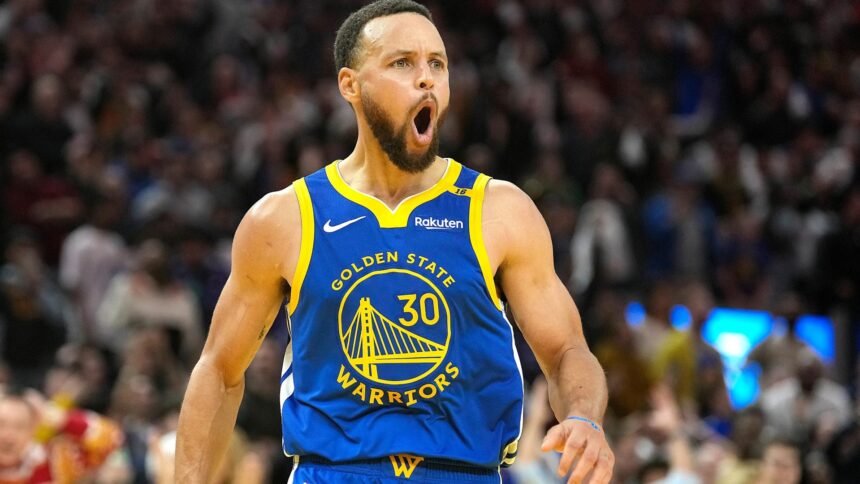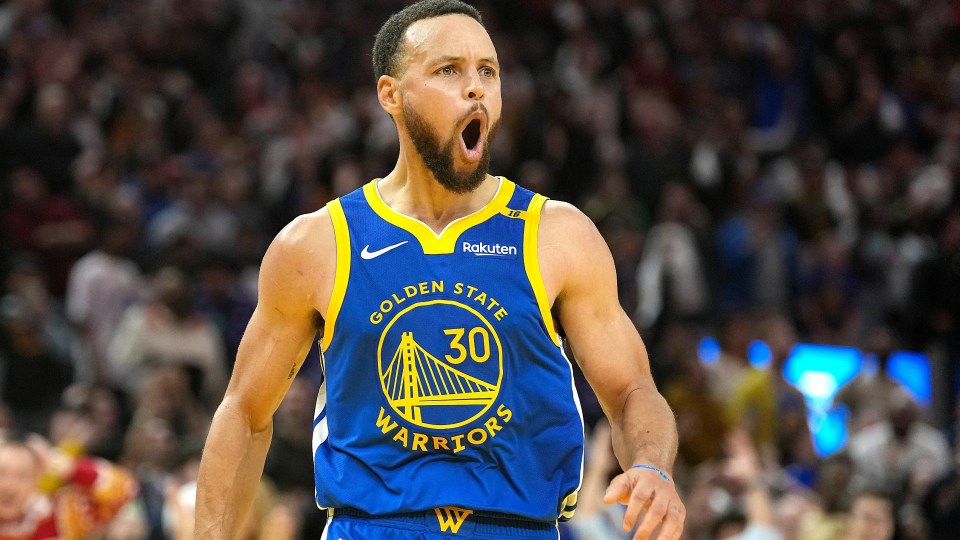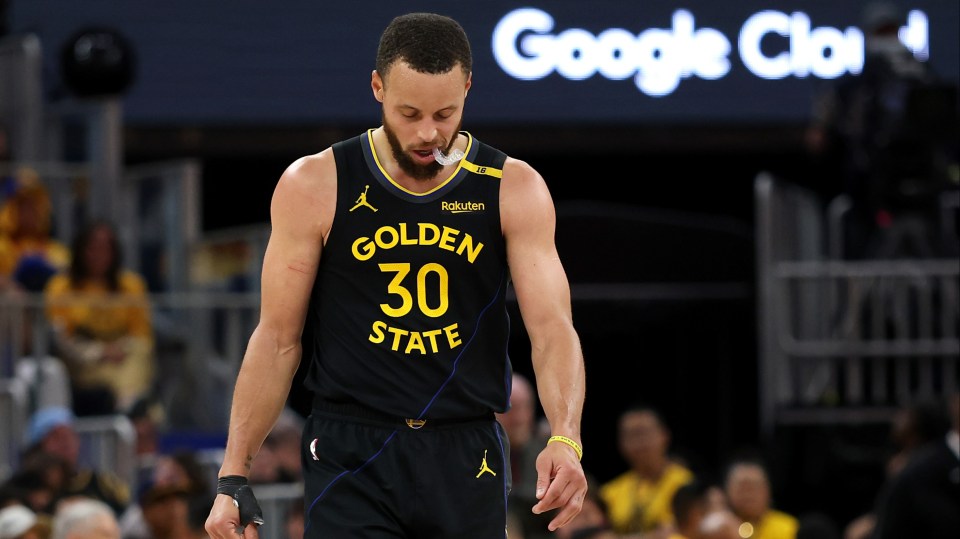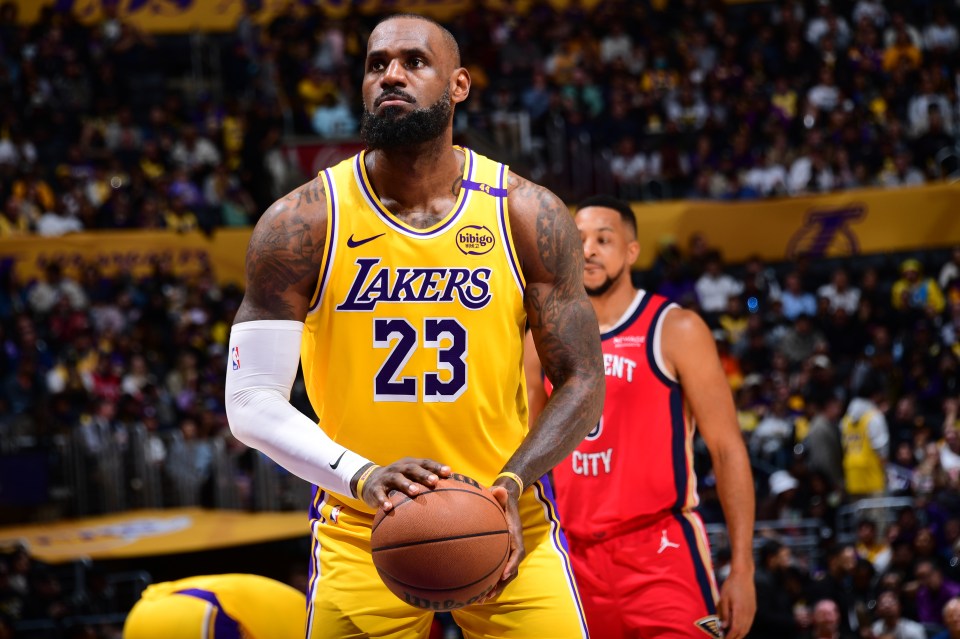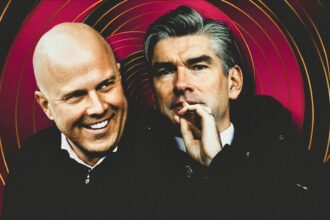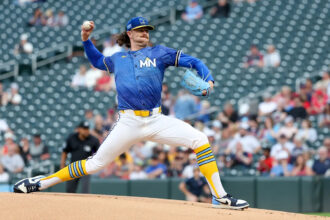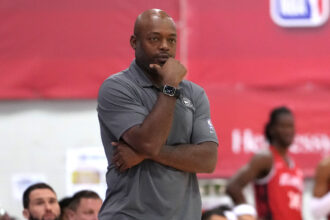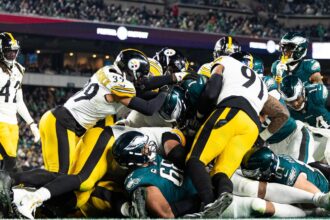Stephen Curry isn’t your prototypical basketball superstar designed to fill the shoes of legends like Michael Jordan or LeBron James.
Yet, his impressive accolades—including four NBA championships, 11 All-Star selections, an Olympic gold medal, and a treasure trove of all-time basketball records—stand as a beacon of inspiration and resilience in the sport.
Consider the giants of the game: Air Jordan, a soaring 6’6″ with an unforgettable game-winning shot in the NCAA Tournament; LeBron James, heralded as the “Chosen One” since high school before evolving into “The King” of the league, dominating with his imposing 6’9″ and 250-pound frame that has been likened to a runaway train.
Then there’s Curry, standing at a modest 6’2″, perhaps even slightly rounded up, and weighing a full 65 pounds less than James. His journey has been riddled with doubts right up to his fourth year in the NBA.
Injuries have shadowed Curry’s career—persistent ligament tears, a fractured hand, MCL sprains, and various ankle and foot ailments. The latest setback looms large: a hamstring injury that could spell disaster for the Warriors, directly contributing to a humiliating 24-point loss against Anthony Edwards and the Minnesota Timberwolves during Game 2 of the Western Conference semifinals.
“This is new, and I’m learning that healing takes time,” Curry reflected post-injury. “You can’t rush it; the process unfolds as it will. I’ll have to evaluate my condition daily to determine when it’s safe to consider playing again.”
While some NBA superstars command salaries upwards of $50 million, their dedication often comes under scrutiny. Names like Joel Embiid dominate the conversation, leaving a question mark over their commitment in critical moments.
Curry, now 37, has faced the specter of injuries year after year, challenges that could easily have derailed his entire career. Last summer, he took a bold step by choosing Olympic glory with Team USA over taking a well-deserved break, sharing the court with LeBron in Paris while others, like Embiid, struggled to make their mark.
“I feel fortunate to have played the game at such a high level for a long time,” Curry expressed in a poignant Netflix documentary. “This experience ranks among the most thrilling, an exhilarating sense of relief to reach the finish line.”
At his finest, Curry continued to dazzle fans and critics alike, even dominating the playoff series against the Rockets. But with over 1,181 combined games under his belt, the wear and tear on his comparatively petite frame is becoming hard to ignore.
In the grand scheme of everyday life, 6’2″ might make Curry stand out in a crowded elevator. But in the high-octane world of the NBA, he must constantly outmaneuver towering defenders and slice through tight spaces like an artist carving a masterpiece.
“Maybe he’s beginning to feel the toll of time,” mused Hall of Famer Shaquille O’Neal on Inside the NBA. “For a 37-year-old, he’s sure moving more than most.”
The Warriors felt the impact of Curry’s absence acutely during Game 2; without him, the team crumbled, showcasing just how integral he is for their playoff hopes.
“We need to strategize how to navigate this series without Steph,” lamented Golden State head coach Steve Kerr, acknowledging the gravity of the situation.
Curry may frequently battle injuries, but one can never question his unwavering commitment to the Warriors and his relentless pursuit to return to the court at the earliest opportunity. This is a man who, despite his lighter weight and history of ankle problems, is destined to be remembered for generations as the greatest shooter the world has ever witnessed.












